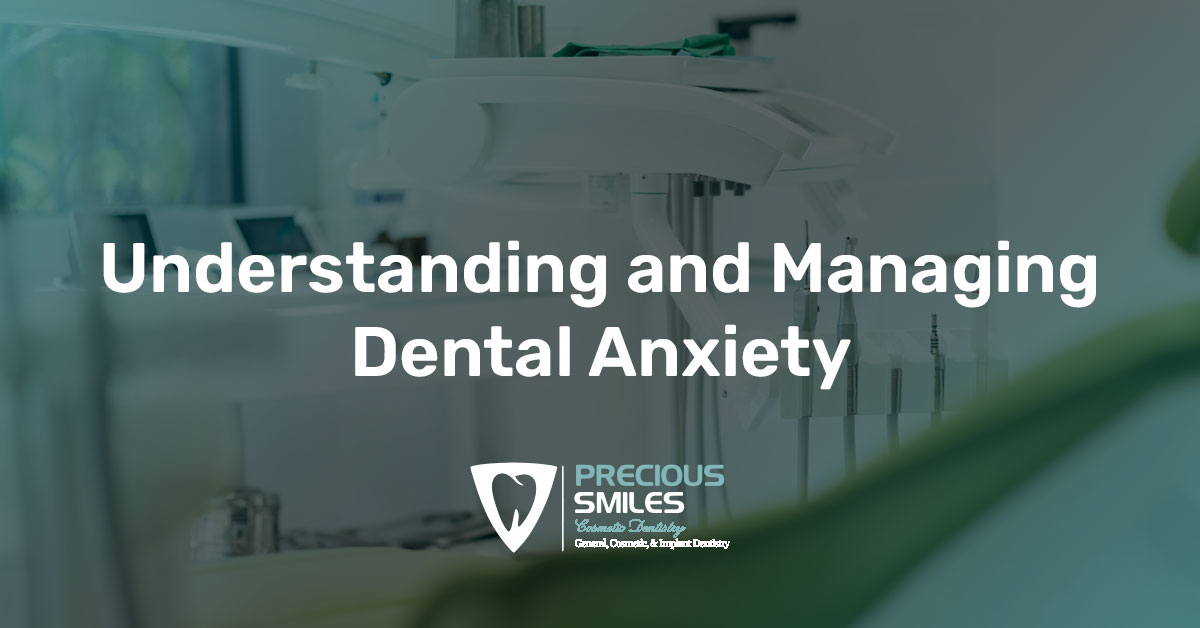Dental anxiety is a prevalent issue that affects many individuals, often preventing them from seeking the dental care they need. It’s crucial for both patients and dental professionals to address this concern collaboratively. In this blog, we will explore some practical tips for patients to manage dental anxiety and provide insights for dental professionals on creating a comfortable and supportive environment.
Tips for Patients:
Open Communication:
- Start by communicating openly with your dentist. Share your fears and concerns so that they can tailor their approach to make you feel more comfortable.
Ask Questions:
- Don’t hesitate to ask questions about the procedures and treatment options. Understanding what to expect can significantly reduce anxiety levels.

Schedule a Consultation:
- If you’re particularly anxious, consider scheduling a consultation with your dentist. This low-pressure meeting allows you to discuss your fears and build trust before the actual treatment.
Practice Relaxation Techniques:
- Incorporate relaxation techniques such as deep breathing, meditation, or visualization into your routine. These practices can help calm your nerves before a dental appointment.
Bring Your Own Distractions:
- Bring headphones and listen to your favorite music or an audiobook during the appointment. Distracting yourself can shift your focus away from the dental procedure, making the experience more manageable.
Insights for Dental Professionals:
Patient-Centered Approach:
- Dental professionals should adopt a patient-centered approach. Understanding the individual needs and anxieties of each patient is crucial for providing personalized and effective care.
Clear Communication:
- Clearly communicate each step of the treatment process to the patient. Knowing what to expect fosters a sense of control and reduces anxiety.
Friendly and Supportive Staff:
- Ensure that your dental staff is friendly, approachable, and supportive. A welcoming atmosphere can significantly ease the anxiety of patients.
Utilize Comfort-Enhancing Technology:
- Embrace modern technologies that enhance patient comfort, such as intraoral cameras that allow patients to see and understand their oral health better.
Offer Comfort Options:
- Provide comfort options such as sedation or anxiolytics for patients with severe anxiety. Discussing these alternatives beforehand ensures informed decision-making.
Dental anxiety is a common challenge, but with open communication, understanding, and the adoption of patient-friendly practices, both patients and dental professionals can work together to create a comfortable and supportive environment. By taking proactive steps, we can break down the barriers that dental anxiety presents and ensure that everyone receives the oral care they need for a healthy smile.




